engine oil pressure sensor function
The structure of oil pressure sensor is mainly composed of seal ring, ceramic capacitor chip, O-ring, hexagonal copper tube and outer seal ring. When there is no oil pressure, the spring pushes the diaphragm and the contact closes. When the oil pressure reaches the specified value, the diaphragm breaks contact against the spring force. When the oil pressure is within a reasonable range, the diaphragm has no force to push the spring, the contact is closed, and the oil warning light does not light up.The lubricating oil pressure of the system is 50 kPa at idle speed and 300-540 kPa at 3000 rpm. Idle speed, water temperature about 80 ℃, oil pressure not less than 30kpa. When the oil pressure in the system is lower than the specified value, the oil pressure warning lamp on the instrument panel lights up, and the driver knows that the oil is insufficient.
Function:
1) Intake pressure sensor
There are many kinds of air inlet pressure sensors, such as varistors, capacitors, etc., but most vehicles use varistors because the sensors have the advantages of sensitive response, high detection accuracy, small size, convenient installation, etc.The intake air pressure sensor (MAF) is also known as the intake manifold pressure sensor. The data measured by the sensor is the difference between the actual air in the intake manifold and the atmospheric pressure. The engine control computer can accurately calculate the true air space and correct the injection pulse width according to the voltage value.The sensor can be directly connected to the true air volume of the intake manifold. When the ignition switch is turned on, the engine computer electronic control unit reads the voltage or signal frequency of the intake pressure sensor and automatically takes this data as atmospheric pressure. In the engine control system equipped with intake pressure sensor, when the engine starts, the engine ECU can calculate the fuel according to the intake pressure signal, throttle opening signal and speed signal as the main input signals. The intake pressure sensor is generally installed above the intake manifold behind the throttle valve.The sensor is a three wire system, namely the ground wire, reference voltage wire and signal wire of the sensor.
2) The ground wire of the sensor is connected through the engine electronic control unit.
The ground wire voltage drop test can judge the voltage drop between the sensor ground wire and the battery negative ground wire. When the engine is running, the voltage difference shall not exceed 0.1V.The reference voltage is a 5V voltage controlled feedback line provided by the engine computer. When the reference voltage signal line is short circuited, the power supply voltage will be zero, which will affect the signal output of the intake pressure sensor and the entire engine power. The signal line provides the sensor signal to the engine electronic control unit and the actual intake pressure data to the engine computer. If the sensor signal wire is short circuited, the output voltage is zero.
3)Rail pressure sensor.
Common rail pressure is a very important parameter in the common rail system of diesel engines. The real-time change of the common rail pressure is related to the fuel injection quantity of the injector. Rail pressure can be measured in real time, and the rail pressure is different under each working condition. For example, when idling, the rail pressure is 30-40bar, and when accelerating, the maximum oil pressure can reach above 150bar. The engine electronic control unit compares the pressure measured by the fuel rail pressure sensor with the theoretical pressure value, and regulates the pressure through the fuel supply metering proportional valve of the high-pressure fuel pump.
 English
English 
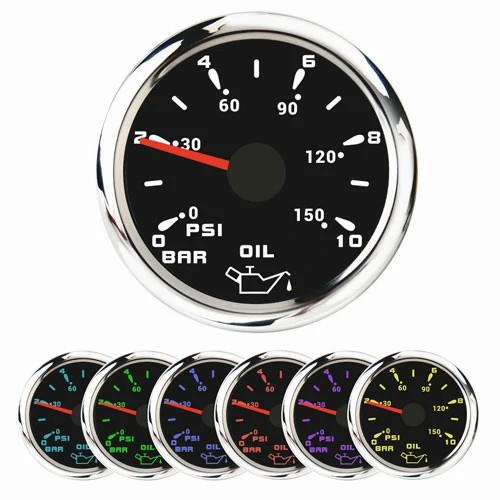
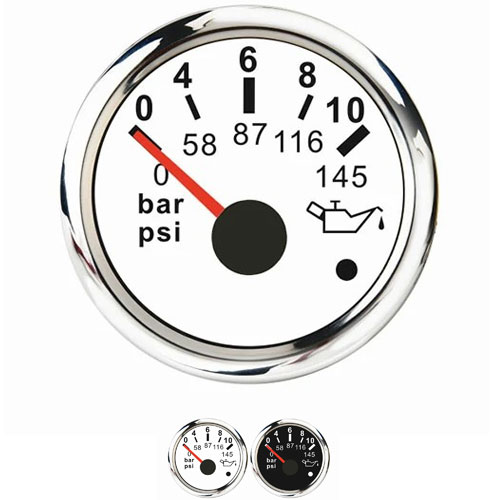
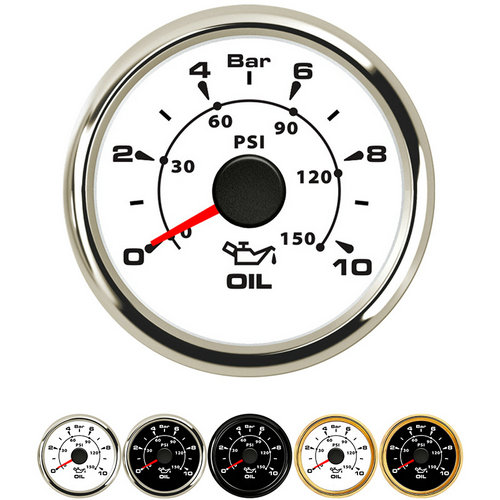

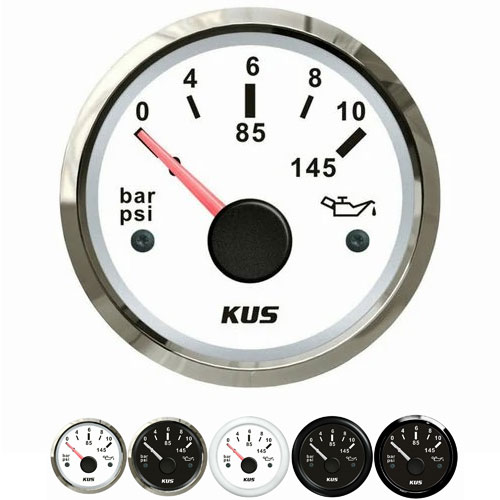
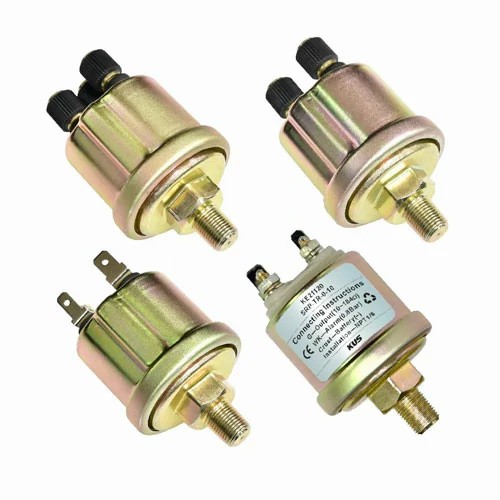
Get a Quote / Info